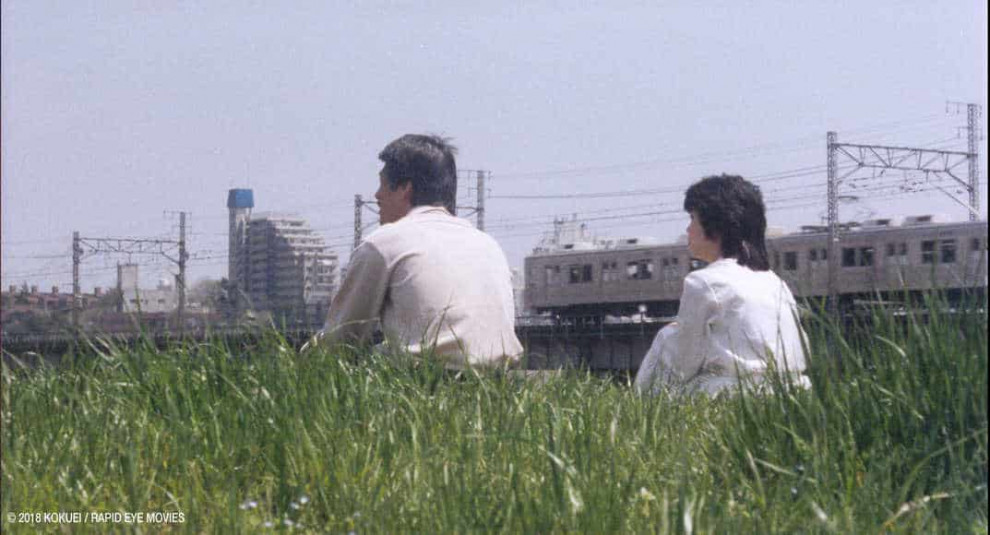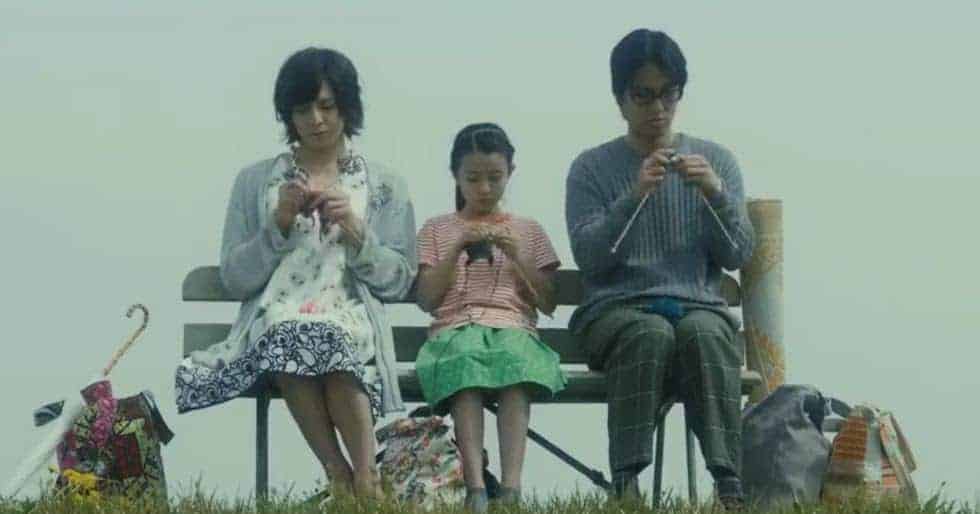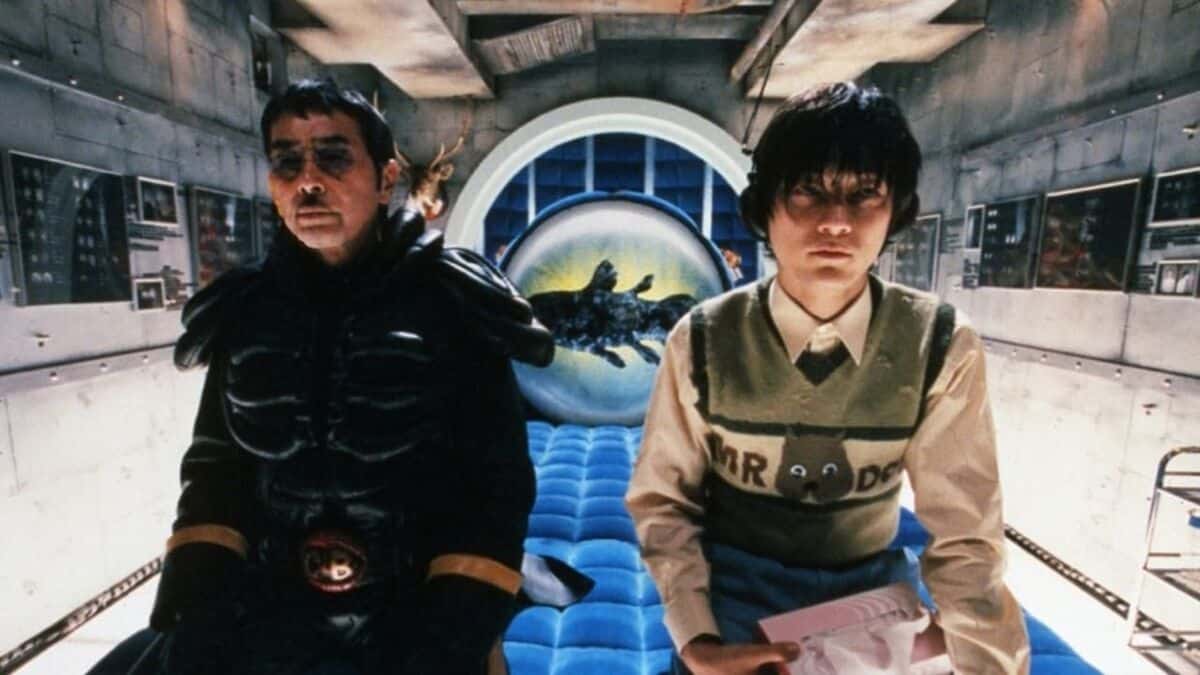Can porn be art? This question seems to be contradicting itself. Art calls for our contemplation, while porn requires our bodily involvement. How can a film excite its viewers on these two fronts? Masayuki Suo's pink film (“pinku eiga”; it refers Japanese softcore pornographic films produced since the sixties) “Abnormal Family” seems to be a rare beast that combines stylistic commitments with titillating imageries. Once studying film with Japan's leading intellectual Shigehiko Hasumi, Suo's film is a love (erotic?) letter to Ozu's films.
Abnormal Family is screening at Japan Cuts 2018

Unmarried daughters. Bickering relatives. Taciturn fathers. A teapot. A vase. A Noh performance. A Coca-Cola signpost. A corner of the Kita-Kamakura station. These are the basic elements of the Japanese filmmaker Yasujiro Ozu's cinematic world. In these quiet corners of Japan, there will always be a father who is worried about marrying off his daughters. The tradition must go on, yet it can be done in any idiosyncratic ways. By retelling similar stories, Ozu explores the dynamics of freedom and necessity.

Though marriage is one of the major topics explored by the Japanese master, his film is curiously quiet about sex. This doesn't mean that Ozu's film is lack of erotic tensions. For instance, in “Late Spring”, a day before the daughter's marriage, the father takes the daughter on a trip. They stay in the same room in a hotel. When they are lying on the tatami and having a genuine conversation about the father's remarriage and the daughter's marriage, Ozu cuts to a shot of a vase with a silhouette of bamboo trees in the background. As film scholar Kirsten Cather points out in her article “Perverting Ozu”, many Western critics have struggled with the problem of how to interpret this sequence. Interestingly they all think that to read any sense of incestuousness into this scene is to commit the crime of ethnocentrism. On the contrary, Japanese critics have no problem pointing out that the shot of the vase is Ozu's way to repress or sublimate the naughty thought. One of the foremost scholars on Ozu, as Cather tells us, Shigehiko Hasumi argues that in that scene Ozu is confronting with the issue of sex head-on.

As Suo once put it, “Abnormal Family” was like an seminar essay in response to Hasumi's teachings on Ozu (see “Perverting Ozu”). By recreating similar characters, camera set-up (the “tatami shot”), and zany editing patterns, Suo shot an erotic film as if he were Ozu. “Abnormal Family” follows the development of a family after the eldest son got married. The father likes the daughter-in-law, Yuriko (Kaoru Kaze) because of her resemblance of his dead wife. The younger brother is obsessed with her, because of his sexual urge. The younger sister feels bad for her sister-in-law, because she thinks that the sister-in-law is only repeating the limited passage set out by the society for woman. We learn the (sexual) transformations of these characters throughout the brisk one hour running time. I won't spoil the film here. However, it's safe to say that the things you were afraid to ask Ozu-san, you will find them in Suo's audacious directorial debut.

It's interesting to note that sex is not being portrayed as a negative thing in Suo's film. For instance, the youngest daughter becomes a sex-worker at the end of the film, yet Suo presents this as her way to become an independent woman. She even looks like she were fallen in love. On the surface, Yuriko is the most stereotypical “Japanese wife”, who can only stay at home and serve her husband and father-in-law. However, at the end of the film, even she has a moment of sexual awakening. It might be argued that by parodying Ozu with an emphasis on sex, Suo is bringing the “repressed other” and asking the audience to face it directly.
Suo later moves away from pink film and makes several popular mainstream works, such as “Shall We Dance?” (1996). It might be the case the Suo had to make “Abnormal Family” to be able to have a chance to get into the film industry. However, this film proves that he is a director with a knack to fuse the high and the low, the rigorous style and mass entertainment.















